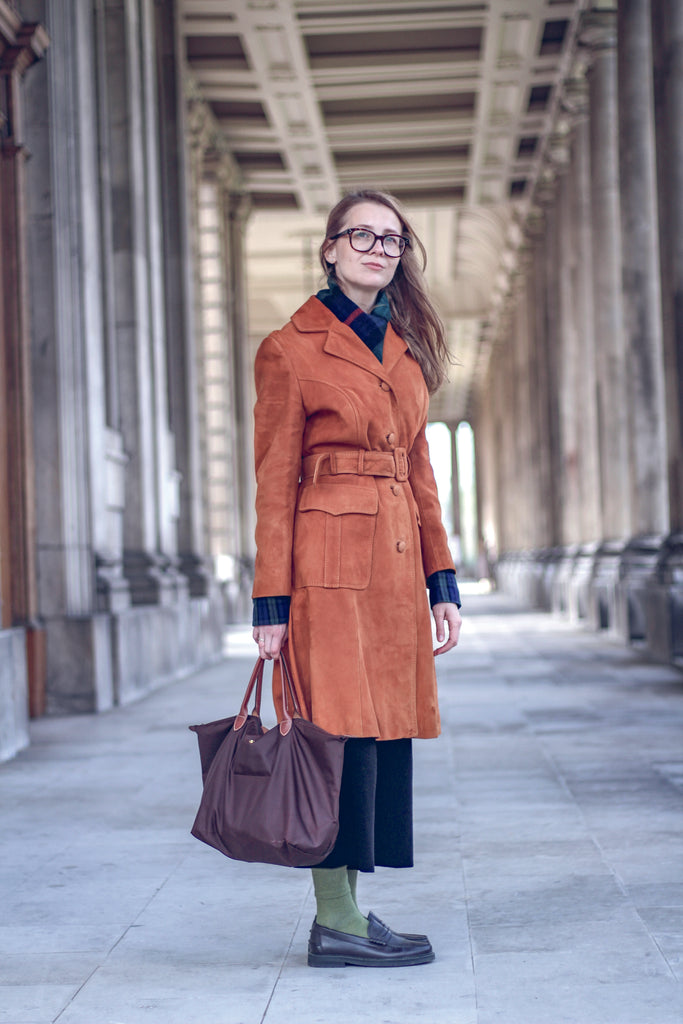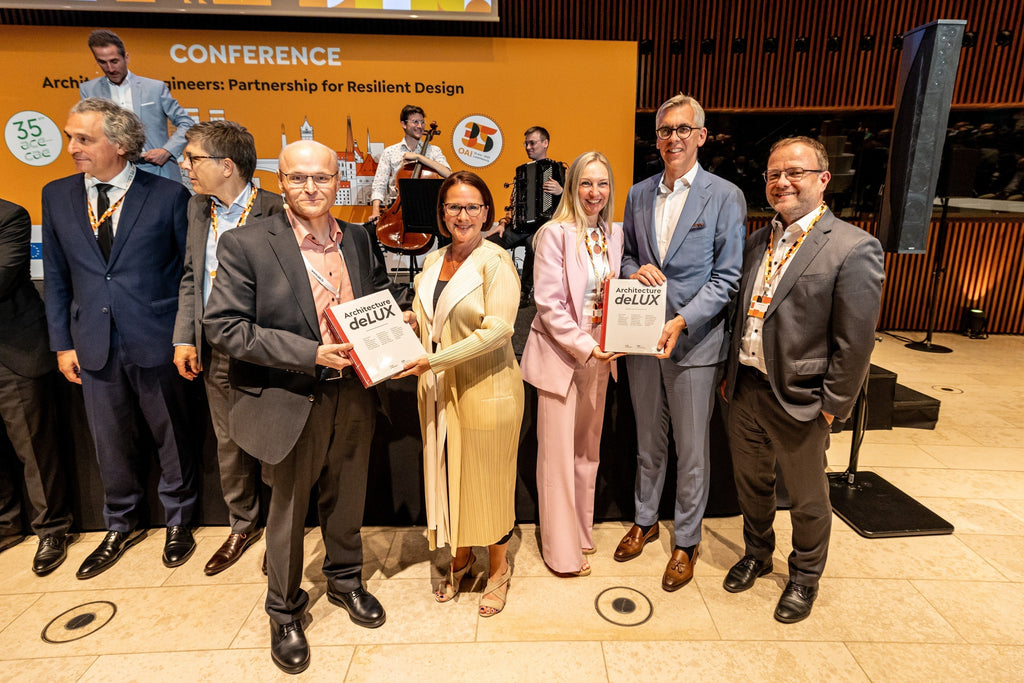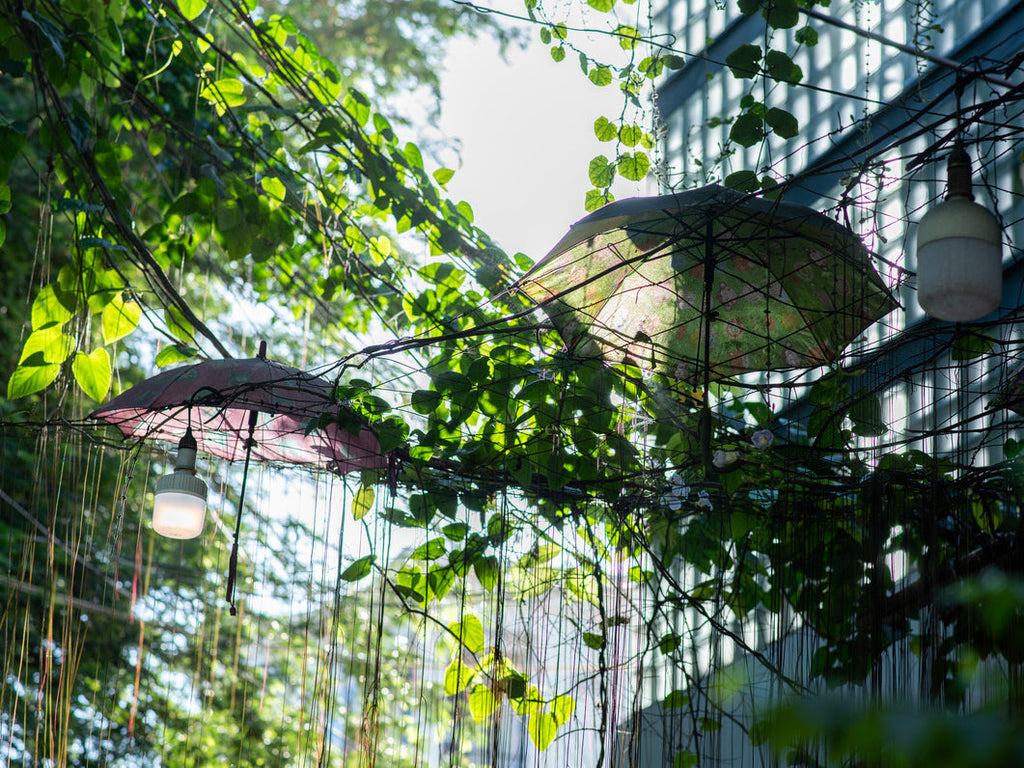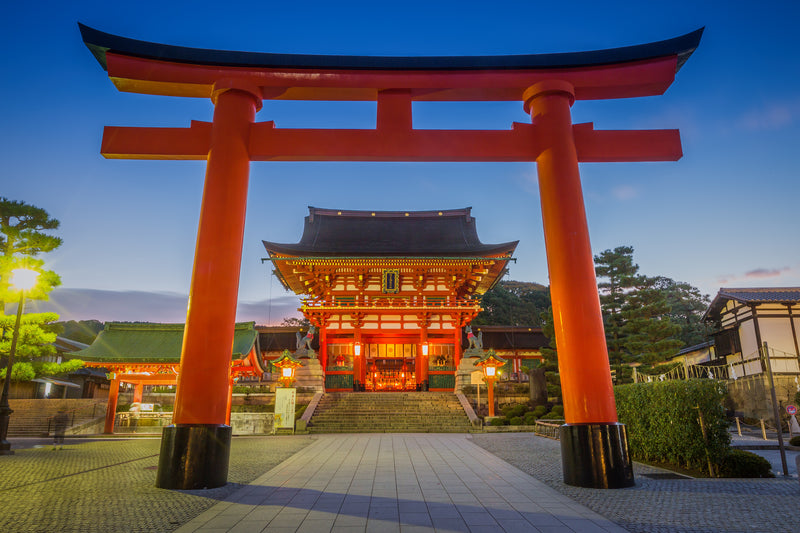
A Powerful Voice from Ukraine
Author and critic Ievgeniia Gubkina combines architectural history with cultural studies, and research with activism. DOM has now published a collection of her best essays, interviews and articles.
Text: Damien Leaf
Photo: Ievgeniia Gubkina, photographed in London, 2023. © Anastasiya Shomina
Ievgeniia Gubkina’s interest in Soviet-era architecture began not with buildings, but with stories. They were the exciting, tragicomic, dissident tales told in her family in the late 1980s when Ievgeniia was a little girl and communism was about to crumble. One tale was of her great-grandmother. In the heyday of Stalinist oppression and famine, the then 12-year-old was lavishly provided for in a camp of the Young Pioneers (the compulsory organisation for children) in the Crimea. But Ievgeniia’s great-grandmother hated having to follow orders and snuck out, only to be asked after an adventurous return home: ‘What are you doing here? We have no food!’
Having grown up not only in a critical milieu, but also in a family of four generations of architects, engineers, and academics, Ievgeniia Gubkina was already familiar with the historical-political context when she later studied interwar modernism, among other things, in Ukraine. It surely also helped that she is from Kharkiv, which was the capital of the Soviet Republic of Ukraine from 1919 to 1934 and rebuilt to a large extent in the style of Socialist Classicism after the Second World War. ‘I had the key. I just had to find the door,’ she says.
In her hometown, Ukraine’s second largest city after Kyiv, she studied architecture with a specialisation in urban planning, receiving her MA in 2008. Gubkina combines architectural history with cultural studies, and research with activism – in 2014 she co-founded the NGO Urban Forms Center. ‘I try to jump between different contexts and topics.’ Her first book with DOM, the Architectural Guide Slavutych (2015), is a case in point. It presents the fascinating history of the city purpose-built for the evacuated personnel of the Chernobyl Nuclear Power Plant after the 1986 disaster. The book was followed by Soviet Modernism. Brutalism. Post-Modernism. Buildings and Structures in Ukraine 1955–1991.
For their next joint project, Gubkina and DOM planned an architectural guide to Kharkiv, but then came the Russian attack. Now, next up is a collection of essays that – as in her childhood stories – combine historical events, personal experience, and political reflection. The opinionated, combative tone is also in the best family tradition. In Being a Ukrainian Architect During Wartime, Gubkina gathers the texts and speeches she published during the first months of the war. The book opens with an interview she gave to Ukrainian Vogue in March 2022 directly from the minivan that evacuated her and her family to Latvia. By then, a quarter of the buildings in Kharkiv had already been destroyed or damaged. Most of the subsequent texts were written in exile in Paris and have been read or published in various places around the world, including Dérive and Architectural Record.
Now, thanks to support from CARA (the Council for At-Risk Academics), Gubkina lives with her 14-year-old daughter in London. She is a Randolph Quirk Fellow and teaches at UCL Bartlett. She cannot say whether she will ever return to Kharkiv permanently: ‘I try not to think about the future now.’ In any case, she has resumed work on the architectural guide to the city. The book is scheduled for publication in summer 2024.
Learn more about our focus on Ukraine: click.












 Strengthening climate resilience in Central Vietnam trough nature-based solutions: Vertical green elements will create a shady and cool public space for school children and residents on hot days. © GCLH
Strengthening climate resilience in Central Vietnam trough nature-based solutions: Vertical green elements will create a shady and cool public space for school children and residents on hot days. © GCLH


